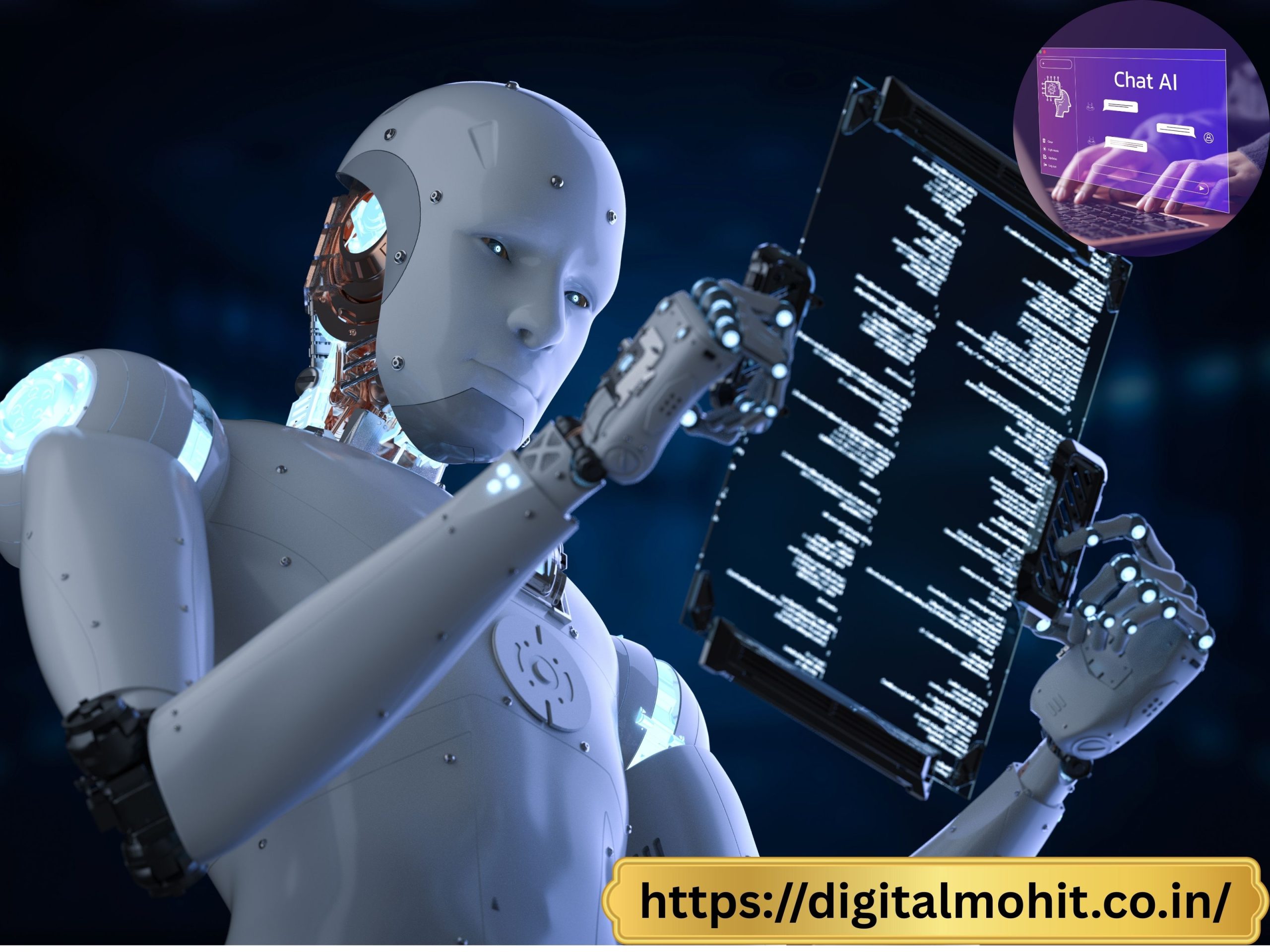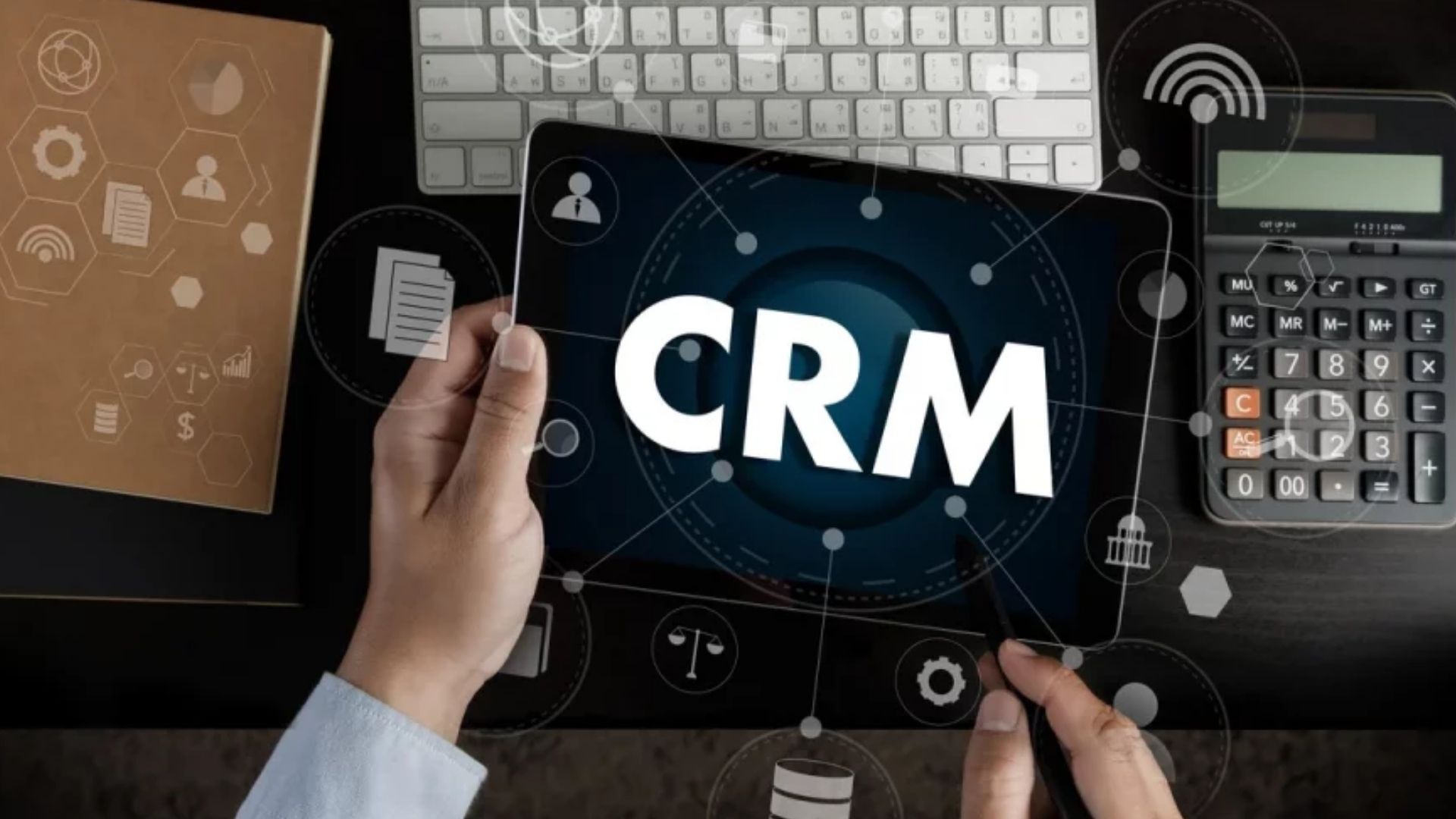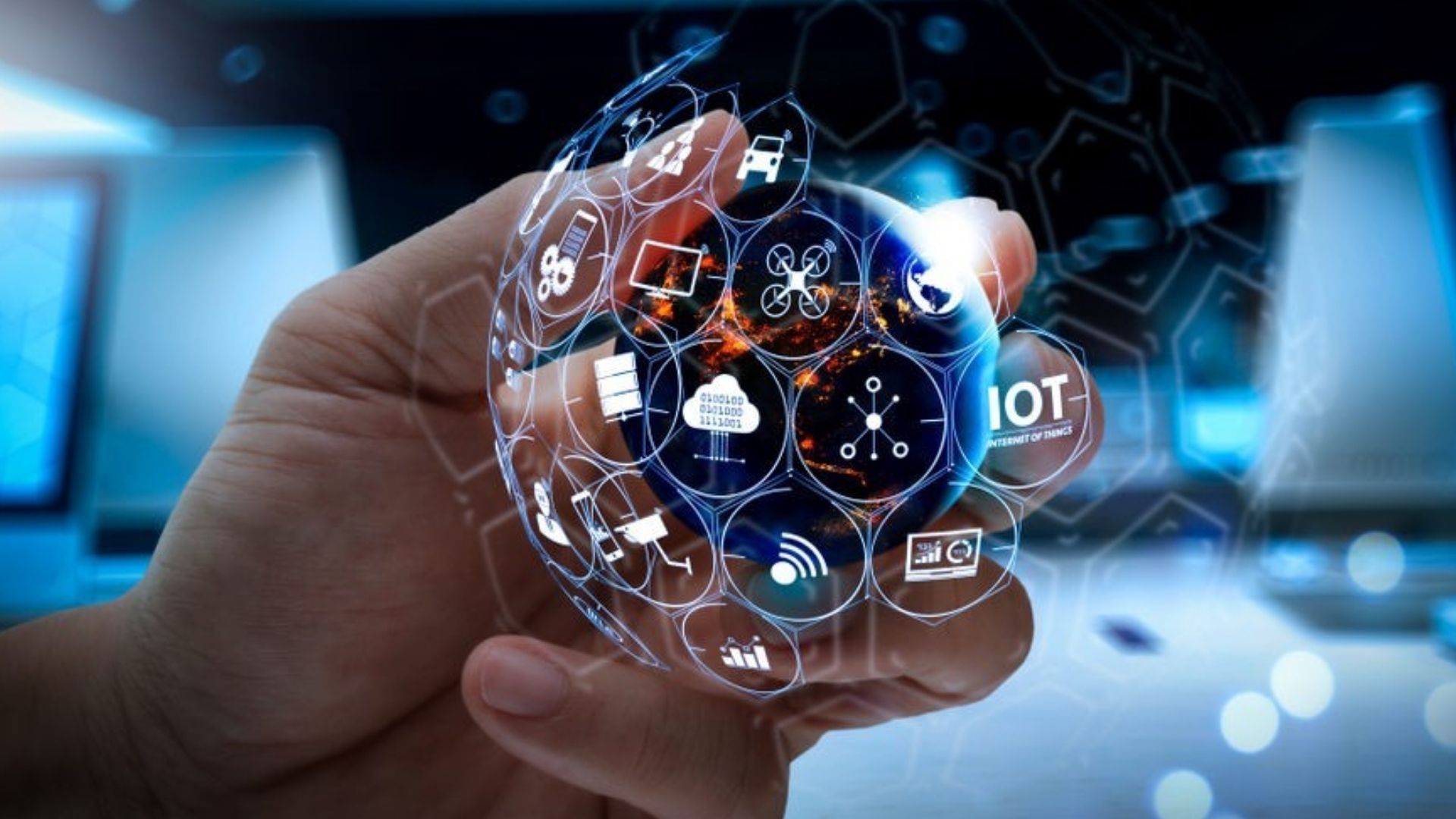For years, artificial intelligence (AI) was treated like a futuristic buzzword—a promise of machines that think, learn, and possibly replace humans. Fast forward to today, and AI is no longer just the stuff of sci-fi novels or Silicon Valley pitch decks. It’s here, embedded in real-world business operations, transforming industries with speed, precision, and scalability.
This blog explores how AI is moving from the abstract to the practical, with specific examples of how businesses across sectors are using it to generate tangible results.
READ MORE : https://digitalmohit.co.in/
1. Customer Service: Chatbots and Virtual Agents
Where it’s used: Retail, telecom, banking, healthcare, SaaS
What it does: AI-driven chatbots and virtual agents can handle routine customer inquiries 24/7, resolve issues instantly, and escalate complex problems to human representatives when needed.
Example:
- H&M and Sephora use AI chatbots to assist customers with product suggestions and order tracking.
- Bank of America’s Erica helps customers check balances, pay bills, and get financial tips—all via a virtual assistant.
Impact:
- Reduces wait times
- Cuts customer support costs
- Enhances customer experience
2. Marketing and Personalization
Where it’s used: E-commerce, media, travel, finance
What it does: AI analyzes user behavior to create hyper-personalized content, product recommendations, and targeted advertising.
Example:
- Amazon and Netflix use AI algorithms to recommend products and content based on user behavior, resulting in higher engagement and conversion.
- Starbucks leverages AI to tailor promotions to individual customer preferences via its mobile app.
Impact:
- Boosts sales and ROI
- Improves customer retention
- Increases relevance of marketing campaigns
3. Supply Chain Optimization
Where it’s used: Manufacturing, retail, logistics
What it does: AI forecasts demand, predicts disruptions, and optimizes routes and inventory levels.
Example:
- Walmart uses AI to forecast inventory needs and reduce waste.
- UPS uses machine learning to determine the most efficient delivery routes through its ORION system, saving millions in fuel costs.
Impact:
- Minimizes stockouts and overstock
- Reduces delivery times
- Improves cost-efficiency
4. HR and Recruitment
Where it’s used: Any organization with hiring needs
What it does: AI helps filter resumes, assess candidates using predictive analytics, and even conduct initial interviews through AI-driven platforms.
Example:
- Unilever uses AI tools for video interviews, where algorithms analyze speech, facial expressions, and other cues to screen candidates.
- Platforms like HireVue and Pymetrics use AI to match candidates to roles based on cognitive and emotional traits.
Impact:
- Speeds up recruitment
- Reduces human bias
- Improves quality of hires
5. Predictive Analytics for Decision-Making
Where it’s used: Finance, insurance, healthcare, retail
What it does: AI analyzes historical data to forecast future outcomes, helping businesses make better strategic decisions.
Example:
- American Express uses AI to detect fraudulent transactions in real time.
- Target uses predictive analytics to anticipate purchasing behavior—even predicting pregnancies based on buying patterns.
Impact:
- Reduces risk
- Increases forecasting accuracy
- Supports proactive rather than reactive strategies
6. AI in Product Development
Where it’s used: Tech companies, automotive, pharmaceuticals
What it does: AI accelerates R&D by simulating scenarios, testing hypotheses, and identifying potential issues faster than traditional methods.
Example:
- Pfizer used AI to speed up its drug discovery process, including during COVID-19 vaccine development.
- Tesla’s Autopilot system constantly learns from real-world driving data to improve its performance practical.
Impact:
- Shortens product development cycles
- Reduces costs
- Encourages innovation
Challenges and Considerations
Despite its power, AI adoption isn’t plug-and-play. Businesses face challenges like:
- Data privacy concerns (especially with GDPR and other regulations)
- Bias in algorithms, leading to unfair or inaccurate decisions
- Workforce adaptation, as roles shift and evolve
- Upfront investment in infrastructure and talent
Companies need to ensure they’re using AI ethically, transparently, and responsibly.
Conclusion: The Age of Applied AI
AI in business has matured from theoretical promise to practical tool. It’s helping companies cut costs, boost efficiency, improve customer satisfaction, and stay competitive in fast-changing markets.
The key isn’t just having practical AI—but knowing how to apply it smartly, responsibly, and strategically.
















Leave a Reply